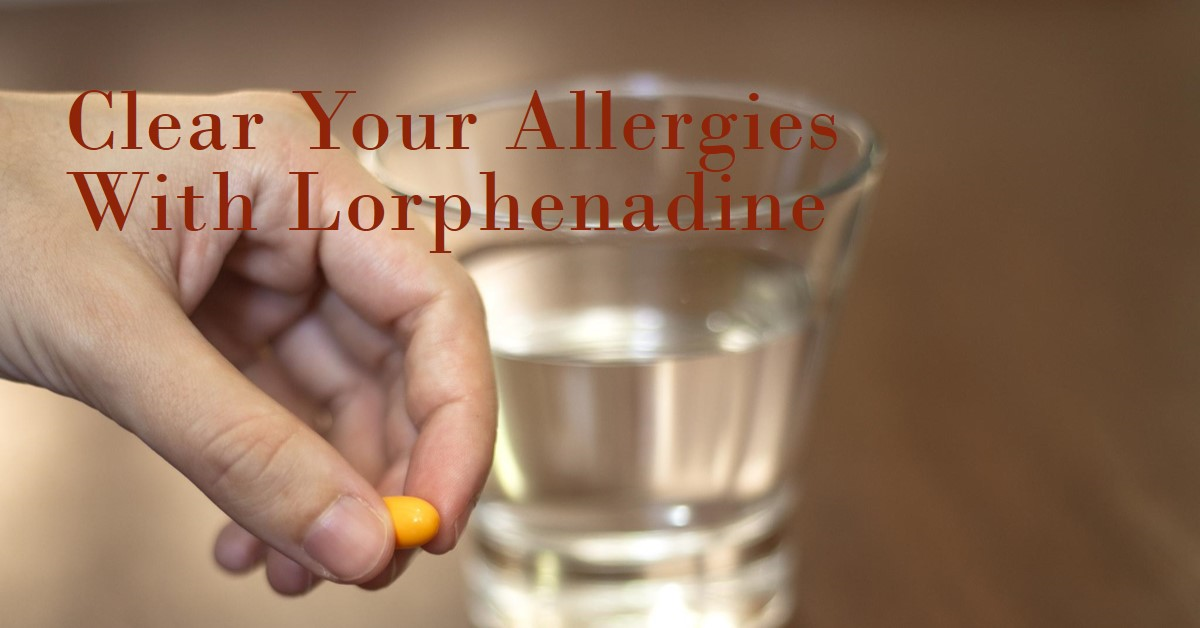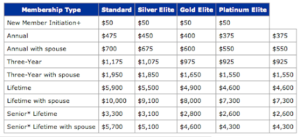
Lorphenadine is a second-generation antihistamine that effectively treats allergy symptoms such as hay fever, skin reactions, and other.
Introduction
What is Lorphenadine?
Lorphenadine is a commonly used antihistamine medication designed to relieve symptoms associated with allergies. It’s part of the second generation of antihistamines, which are known for their efficacy in reducing allergic reactions with minimal sedative effects.
Brief History and Development
Developed to improve upon first-generation antihistamines, Lorphenadine was created to provide effective allergy relief without the heavy drowsiness often associated with earlier medications. Its development has marked a significant advancement in the treatment of allergic conditions.
How Lorphenadine Works
Mechanism of Action
Lorphenadine works by blocking histamine H1 receptors in the body. Histamine is a substance produced by the body during an allergic reaction, and it binds to H1 receptors causing symptoms like itching, swelling, and mucus production. By blocking these receptors, Lorphenadine prevents histamine from causing these symptoms.
Antihistamine Properties
As an antihistamine, Lorphenadine is specifically designed to combat the effects of histamine, providing relief from various allergic symptoms without the significant sedative effects that are common with first-generation antihistamines.
Common Uses of Lorphenadine
Allergic Reactions
Lorphenadine is primarily used to treat allergic reactions. Whether it’s a reaction to food, insect stings, or other allergens, Lorphenadine can help manage symptoms like itching, swelling, and hives.
Hay Fever
Also known as allergic rhinitis, hay fever is a common condition that Lorphenadine effectively treats. It helps alleviate symptoms such as sneezing, runny nose, and itchy eyes, providing much-needed relief during allergy season.
Skin Reactions
Lorphenadine is also used to manage various skin reactions, including chronic urticaria (hives). It reduces the itching and swelling associated with these conditions, helping to improve the quality of life for those affected.
Benefits of Lorphenadine
Effective Allergy Relief
One of the main benefits of Lorphenadine is its effectiveness in providing relief from allergy symptoms. Users often experience significant improvement in their symptoms, allowing them to go about their daily activities with less discomfort.
Minimal Sedative Effects
Unlike many first-generation antihistamines, Lorphenadine is known for having minimal sedative effects. This means users can take it without worrying about feeling excessively drowsy, making it a suitable option for daytime use.
Long-lasting Action
Lorphenadine offers long-lasting relief from allergy symptoms, typically providing benefits for up to 24 hours. This means that users usually only need to take it once a day, which is convenient and helps with compliance.
Dosage and Administration
Recommended Dosage
The recommended dosage of Lorphenadine varies depending on the age and condition of the patient. For adults and children over the age of 12, the typical dose is 10 mg once daily. Always follow the dosage instructions provided by your healthcare provider.
How to Take Lorphenadine
Lorphenadine can be taken with or without food. It is usually taken as a tablet, but it is also available in liquid form for those who prefer it or have difficulty swallowing pills. Consistency in the timing of the dose each day helps maintain its effectiveness.
Special Considerations
For individuals with liver or kidney impairments, dosage adjustments may be necessary. Always consult with a healthcare professional before starting or adjusting the dosage of Lorphenadine.
Side Effects of Lorphenadine
Common Side Effects
While Lorphenadine is generally well-tolerated, some users may experience side effects. Common side effects include headache, dry mouth, and mild drowsiness. These effects are usually temporary and resolve on their own.
Rare but Serious Side Effects
In rare cases, Lorphenadine can cause serious side effects, such as severe allergic reactions, dizziness, or an irregular heartbeat. If you experience any of these symptoms, seek medical attention immediately.
Managing Side Effects
Most side effects of Lorphenadine can be managed by adjusting the dosage or taking the medication with food. If side effects persist or become bothersome, consult your healthcare provider for further advice.
Precautions and Warnings
Who Should Avoid Lorphenadine?
Individuals with a known allergy to Lorphenadine or any of its components should avoid taking this medication. Additionally, those with severe liver or kidney disease should use Lorphenadine with caution and under medical supervision.
Interactions with Other Medications
Lorphenadine can interact with other medications, including other antihistamines, sedatives, and alcohol. Always inform your healthcare provider of all medications and supplements you are taking to avoid potential interactions.
Pregnancy and Breastfeeding
If you are pregnant or breastfeeding, consult your healthcare provider before taking Lorphenadine. While it is generally considered safe, it’s important to weigh the benefits and risks with a healthcare professional.
Comparing Lorphenadine with Other Antihistamines
Lorphenadine vs. Cetirizine
Both Lorphenadine and Cetirizine are second-generation antihistamines, but Lorphenadine is often preferred for its even lower sedative effects. Cetirizine may cause drowsiness in some individuals.
Lorphenadine vs. Loratadine
Lorphenadine and Loratadine are very similar in terms of their uses and effectiveness. However, some users may respond better to one over the other, and the choice often depends on personal preference and response to the medication.
Lorphenadine vs. Fexofenadine
Fexofenadine is another second-generation antihistamine with minimal sedative effects. The choice between Lorphenadine and Fexofenadine can depend on individual response and any potential interactions with other medications being taken.
User Experiences and Reviews
Positive Feedback
Many users report significant relief from allergy symptoms with Lorphenadine, praising its effectiveness and the convenience of once-daily dosing. The minimal sedative effects are also a major plus for those who need to remain alert.
Common Complaints
Some common complaints include mild side effects such as headache and dry mouth. A few users have reported that the medication was less effective for their particular allergies, emphasizing the variability in individual responses.
Overall Satisfaction
Overall, Lorphenadine is well-regarded by users for its balance of efficacy and minimal side effects. Most users find it to be a reliable option for managing their allergy symptoms.
FAQs About Lorphenadine
What is Lorphenadine used for?
Lorphenadine is used to treat symptoms of allergic reactions, including hay fever, skin reactions, and other allergy-related conditions.
Can Lorphenadine cause drowsiness?
Lorphenadine is known for its minimal sedative effects, but some individuals may still experience mild drowsiness.
How long does Lorphenadine take to work?
Lorphenadine typically starts working within 1 to 2 hours of taking the dose, with peak effects occurring within a few hours.
Is Lorphenadine safe for children?
Lorphenadine can be used in children over the age of 6. Always consult a healthcare provider for appropriate dosing and usage in children.
Can I take Lorphenadine with other medications?
Lorphenadine can interact with other medications. It’s important to consult your healthcare provider and inform them of all medications and supplements you are taking.
Read More:





